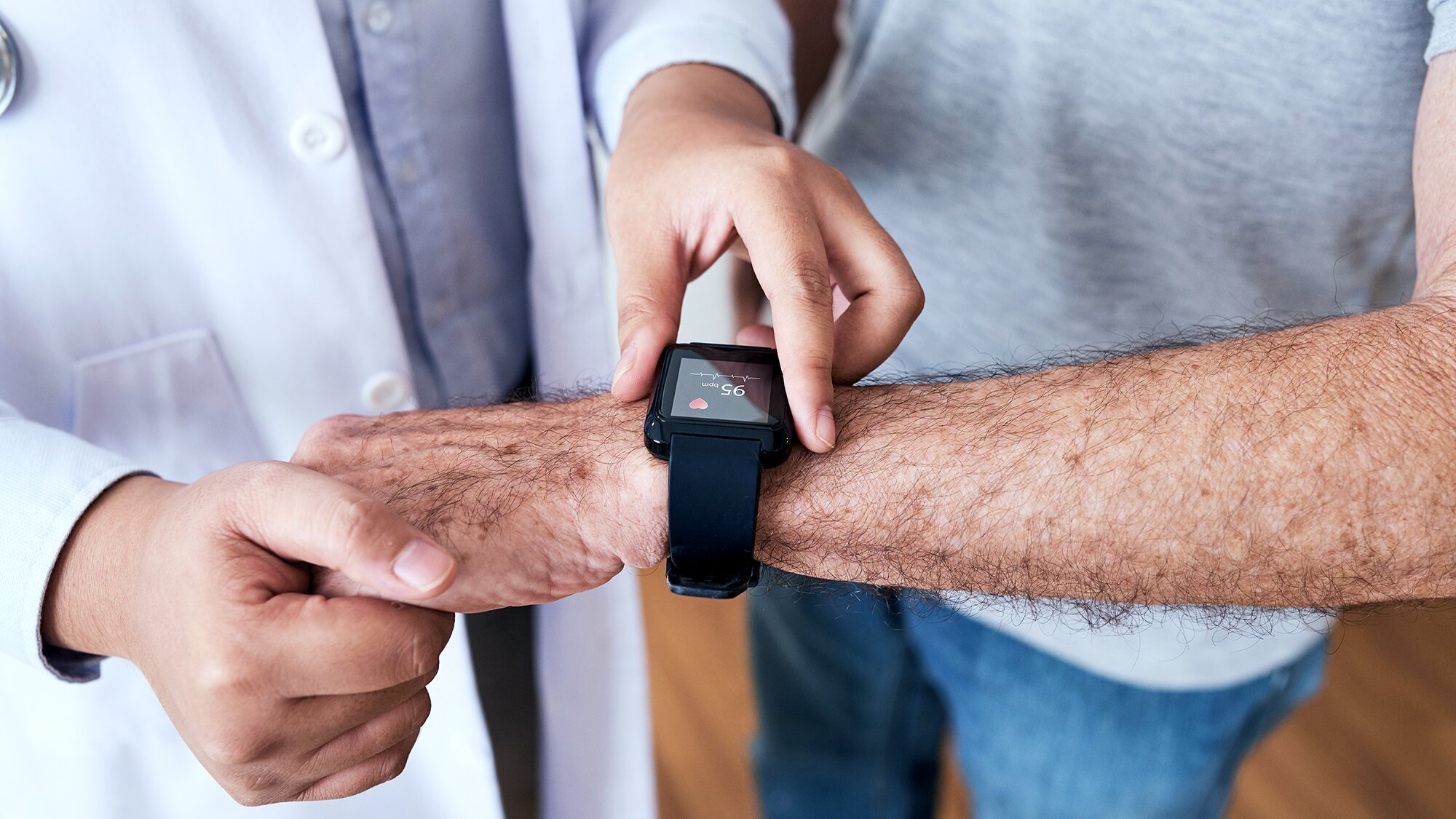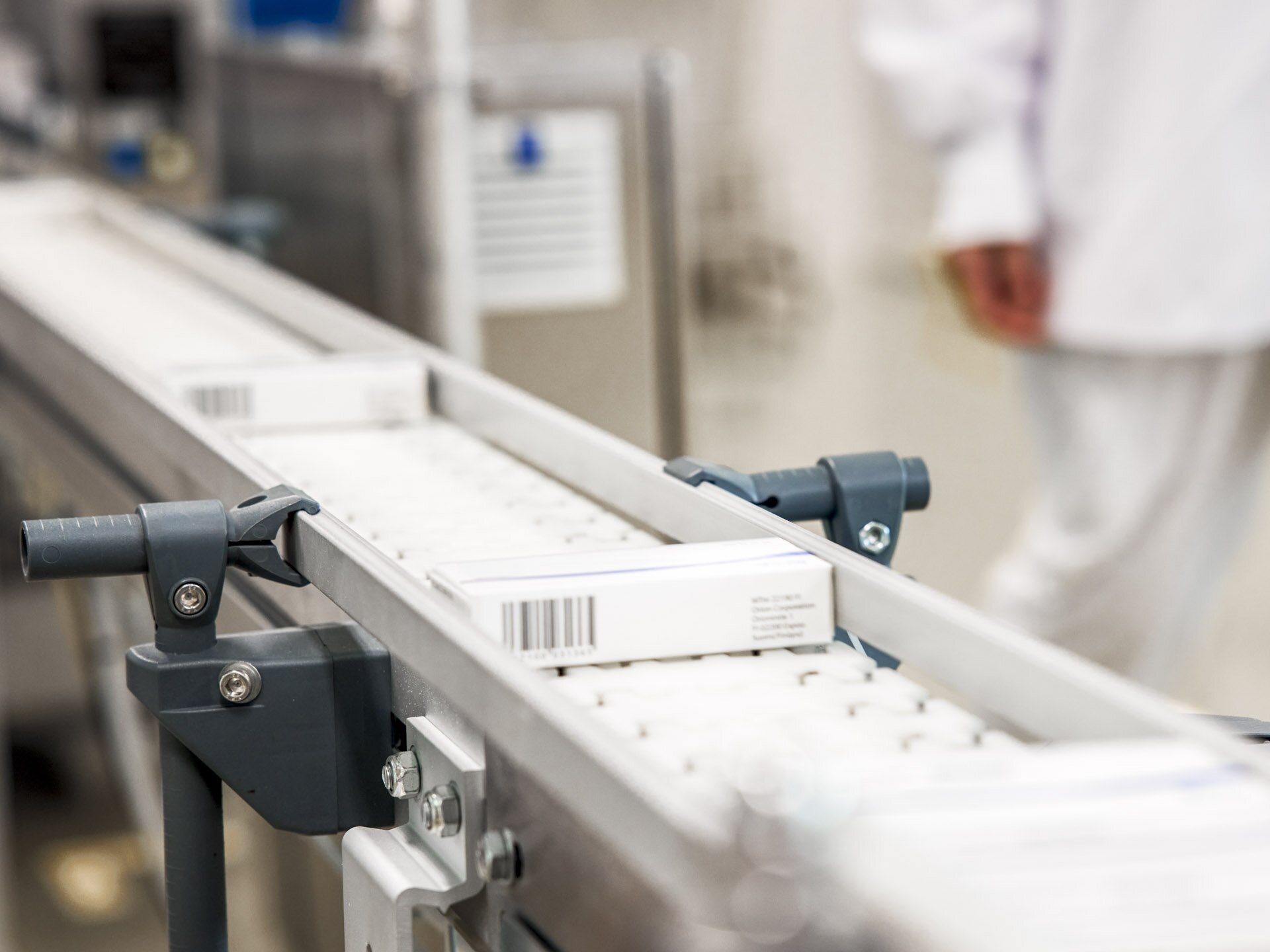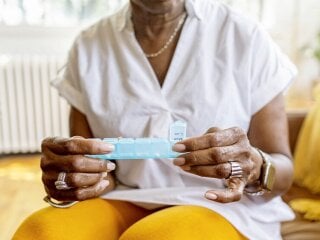A patient with chronic back pain who was participating in a virtual reality pain therapy trial noticed something strange after finishing three months of therapy.
“The patient missed the virtual reality 3D character, a mentor called Sami, who had guided them through different exercises,” says Petteri Kolehmainen, Vice President Innovative Technologies at Eversana, who helped develop the virtual reality therapy.
Kolehmainen was delighted with this comment: the patient had formed an emotional bond with the virtual reality character Sami, whom the patient had met through the virtual reality glasses. However, the trial also produced even better results: patients’ back pain had improved, and they felt their quality of life had also gotten better.
“This is significant because pain psychologists all over the world are very overworked – and chronic pain is often linked with psychological elements,” says Kolehmainen.
Health data collection can be passive and active
“All the devices and applications we use collect data about us,” says Kolehmainen. He calls this passive data collection: your phone counts your steps and Google knows what you search for.
More and more people are also actively collecting their health data, for example with smartwatches and activity wristbands. These devices are used by 350 million people, and they track sleep quality and calories, among other things.
The collected data is already being put to good use. In addition to virtual reality pain therapy, Kolehmainen has also been involved in developing a programme at Orion, based on data collected from patients, to help find the right dose of medication for individual patients of Parkinson's disease.
This is important because a dose that is too small does not get rid of the tremors associated with the disease, and a dose that is too large produces other unpleasant symptoms. A similar programme and the use of a calculation algorithm that was developed are also being evaluated in Orion’s current therapy and indication areas.

Data enables personalised treatment
Kolehmainen believes that health data collected from citizens may help provide even more personalised treatment in the future.
“People with a particular diagnosis currently receive very similar medical treatment. Data and AI would make it possible for doctors to more accurately decide on the treatment that is best suited for everyone.”
According to Kolehmainen, data and AI would also make it possible to detect diseases at an earlier stage and allow preventive treatment to be given.
A health database would give doctors information about the diseases that certain types of people most often suffer from. For example, if a 45-year-old man were to get certain results from a blood test, a doctor would be able to find out from the database that men of a similar age and with similar results often suffer from a certain disease – which means that this man is also at risk of getting this disease. The doctor could then invite the man for tests and find out whether he actually has the disease in question.
According to Kolehmainen, health data could also be used to make diagnoses and develop new forms of treatment. This could save lives and reduce the burden on the healthcare system.
Kolehmainen also believes that the data would be useful in situations such as pandemics.
“Data that can be studied in real-time would allow us to see how diseases and symptoms evolve. This would help us predict the spread of diseases and who is at risk.”
While Kolehmainen sees many great opportunities in collecting and using health data, he admits there is also at least one significant threat.
“Data collection always involves risks. The risk to data security is the main obstacle preventing the development of a national health databank. Can the state create a databank that is sufficiently secure? And will citizens want to hand over their data?” Kolehmainen asks.
For the common good
Data was collected in several stages in Orion’s study on virtual reality pain therapy for patients with chronic back pain. Before the actual clinical trials started, back pain sufferers were interviewed and they tested the virtual reality glasses and handheld controller used in the therapy.
The patients then used these devices at home during the actual trial. The virtual reality therapy built into the device provided the patients with pain management therapy, yoga-based exercises and physiotherapy exercises guided by Sami, a virtual reality mentor. Sami was, in a way, a psychotherapist providing cognitive behavioural therapy for pain management. The researchers then used the accumulated data to monitor the effects of the physical exercises and whether the patient had benefited from the therapy.
“In the trial, the virtual reality world was designed specifically to suit Finnish culture, so Sami is at a summer cottage by a lake when he greets his patients.”
The virtual reality pain therapy, originally pioneered by Orion, is now being further developed by a partner.









